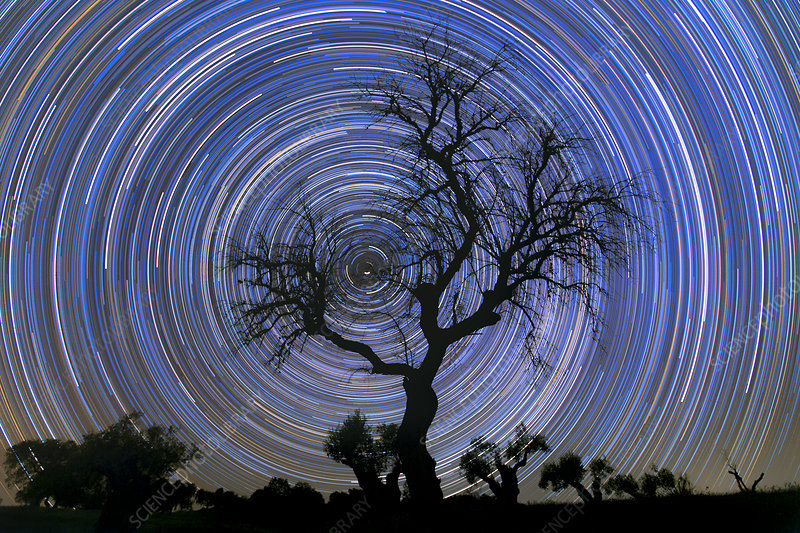
The exposure time or the shutter speed defines how long the shutter of the camera remains open. This has several influences on our image, such as brightness and motion blur.
Basics of exposure time
The exposure time defines how long light falls into the camera. This happens either through a mechanical lock that releases the image sensor when triggered, or it is electronically simulated. That depends on the type of camera.
As a photographer, you can control the exposure time and use this both to expose a photo correctly and to create creative effects in the images. Depending on whether you expose long or short.
The exposure time is usually given in fractions of a second (e.g. 1/125) or in whole seconds (2 ″ for two seconds) if this is necessary. But when do we speak of a short and when of a long exposure time ?
Normal cameras can expose between 30 seconds and 1/4000 of a second. If your camera can’t, don’t worry. These are extreme values that are rarely used. You can orientate yourself on a value from the film industry. These use 1/48 of a second to expose the individual frames of a film. Applied to photography, this is a more normal guideline. It’s not very fast, but neither is it very slow. This exposure time ensures that, although motion blur can be perceived, i.e. motion in the image can be blurred, the motionless is mostly frozen.
Influence on the picture
Brightness
The exposure time has two influences on the image. On the one hand, it controls the brightness.
This means that with a long exposure time you let a lot of light fall into the camera and the picture becomes brighter. With a short one, less light falls into the camera and the picture becomes dark.
Beginners usually don’t notice much of this, as time is only one of three values that control the brightness of a photo. However, you can also turn it around. If I want a short exposure time I need a lot of light. If I want to take long exposures, this is often not possible with lots of light. Too much light falls into the camera and the image would be too bright.
Motion blur
Everyone has probably blurred a picture at some point. This is motion blur. This occurs when something moves too fast for the currently set exposure time . That can be our subject as well as the camera itself. The motion blur depends on the speed of our subject. Everyone moves. You can’t sit 100% still. But these movements are not as fast as a car, an animal or a bird. We have to adjust our attitude in order to keep up with our motive.
Fast exposure time
If we want to expose quickly, we speak of exposure times over 1/60 sec. Usually 1/200, 1/1000 or even shorter. This short time is necessary to either compensate for too much light (when it is very bright outside) or to freeze a fast subject. When we capture a fast movement that we cannot really perceive even with the human eye, we speak of freezing. It looks like time has stood still and a very short moment has been captured on a photo. For this we need a very short exposure time and have to adapt it to the speed of our subject. The faster the subject moves, the faster we have to expose.
Long exposure time
Long exposure is a great way to get creative, but be careful. Long exposure is not all that easy. We have a few things to consider.
We usually speak of a long exposure time when we expose longer than 1/50 of a second. These are usually values in the seconds range, i.e. half a second, a whole or several seconds.
Use a tripod
By using a tripod, we avoid blurring. You can reduce or completely avoid the motion blur caused by your hand and the movement of the camera. There is a rule of thumb from when you should use a tripod.
Focal length / 1 = minimum exposure time
Your focal length is crucial for this. It can be compared to binoculars. It is often difficult to hold binoculars steady without a tripod, and so it is in photography. The further your lens is in the partial area, the more likely you are to blur your image. The phrase can now be transferred to the different focal lengths.
For example:
- 30mm = 1/30 sec. Or faster
- 50mm = 1/50 sec. Or faster
- 200mm = 1/200 sec. Or faster
In addition to the tripod, you can also use this value further by holding your camera correctly or using an image stabilizer.
The long exposure effect
A long exposure time now ensures that we have more light available, for example, that we can take photos at night. On the other hand, it naturally creates motion blur, which we can use skillfully to blur elements of our image or even to make them disappear. Because everything that happens while our shutter is open is also recorded on the image sensor.
Set exposure time
The exposure time you can set in your camera with two options. On the one hand there is the manual mode. This is quite demanding for photography beginners, as all values have to be set manually and of course it does not forgive any mistakes. The second option is the Av or S mode. With this you can set the exposure time and your camera takes care of the other values, such as aperture and ISO . You can first concentrate on one value and then go into the other setting options.

